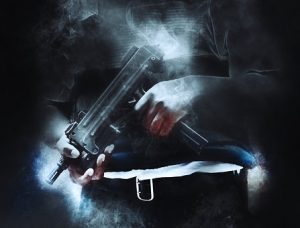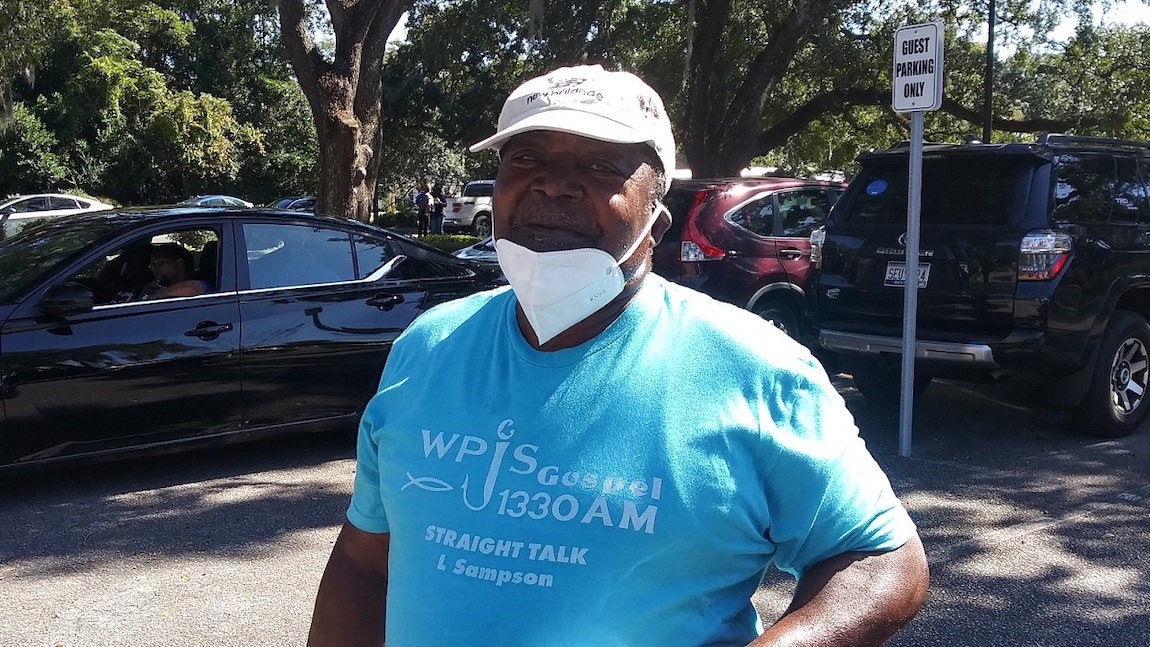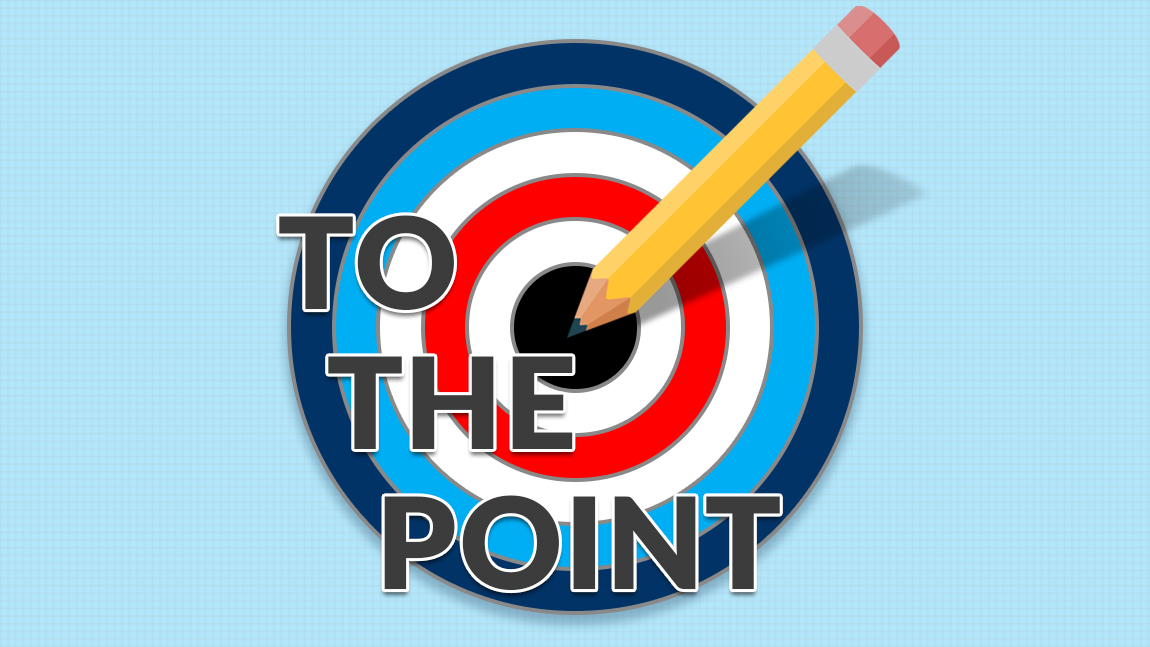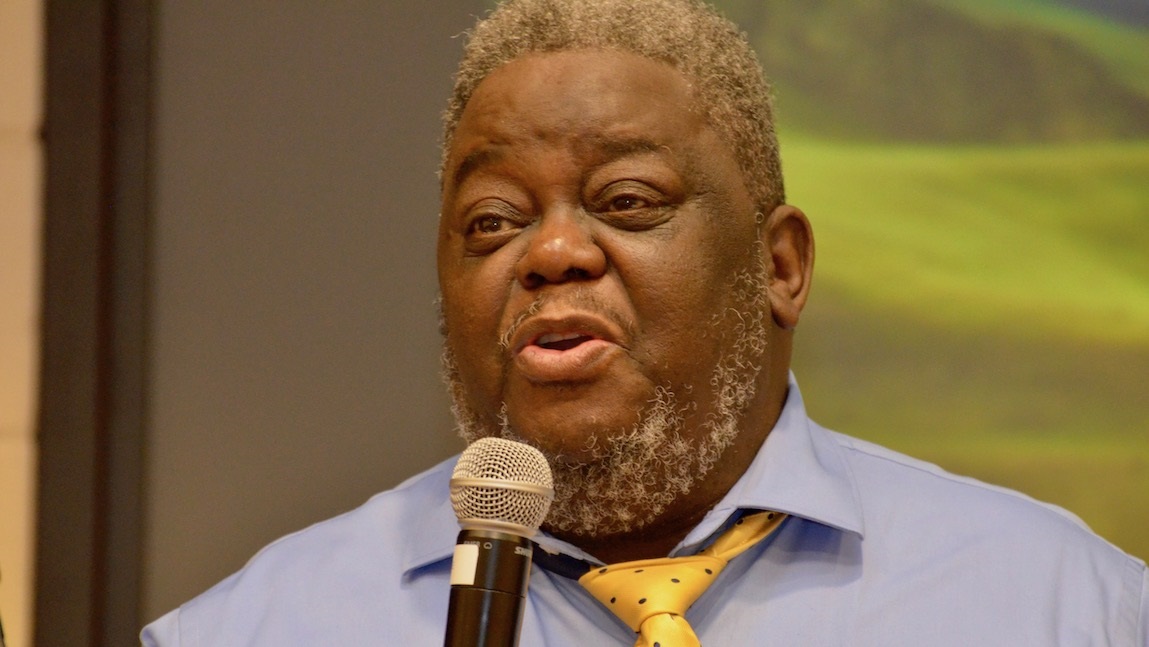 If you grew up in the 1950’s or 1960’s, you likely did “Duck and Cover” school exercises. This is where you roll into a ball and crawl under your desk, hoping that when the bombs fall you won’t be in their path.
If you grew up in the 1950’s or 1960’s, you likely did “Duck and Cover” school exercises. This is where you roll into a ball and crawl under your desk, hoping that when the bombs fall you won’t be in their path.
Its practical effect on enhancing student safety was debatable, and it soon became a favorite punch line of the Cold War. As far as I know, not much thought was given to the impact these civil defense drills had on the psyche of young children. Nonetheless, we all got through it, and that was that.
Fast forward 50 years, and the Duck and Cover has been replaced by “Stay in Place” and “Active Shooter” drills. The requirement that students participate in these drills hopefully have the desired effect that the threat is real, and their compliance and attention may someday actually save their lives. In this TV and internet age, young minds still maturing are also constantly reminded of these threats and the depravity of these self-appointed assassins courtesy of the 24/7 news coverage, which illuminates each detail of the carnage.
As a retired school teacher, I worry about the toll all of this is having on the emotional health of students. After one active shooter drill, one of my sixth grade students asked me, “What are we to do if a gunman is at the window and another is at the glass pane in the classroom door?”
I could tell that he was genuinely concerned about this potential situation because anywhere in the room, some of the students would be in the path of the gunmen.
My answer was simple, “I would do that word that starts with a p and ends with a y.” Another student told him I was not talking about play, but PRAY!!
Sadly, when we talk about what needs to be done to address gun violence, somehow the emotional health of our youth is often left out of the conversation.
The truth is, as a nation, we devote scant resources to insuring that our youth has the emotional strength to cope, let alone thrive in this upside-down, bat-crazy world that we live in.
When tragedy does strike, we do find the resources to send teams of grief counselors to help start the healing process. But that’s always after tragedy strikes. What about before?
Information compiled by the American School Counselor Association makes the argument that we could do better. According to their latest statistics, there was one counselor for every 482 students in 2014-2015, a ratio nearly double what the Association recommends.
School psychologists are even rarer – one for every 1,381 students. If you are a school counselor or school psychologist, you are indeed a very busy person! Amanda Nickerson, director of the Alberti Center for Bullying Abuse Prevention at the University of Buffalo Graduate School of Education, says “We do not have enough mental health professionals to meet the increasingly complex needs of the students that are walking through the door.”
 Unfortunately, as long as our gun laws allow firearms to be purchased by people having no business handling a lethal weapon, we will continue to experience senseless killing in our communities and in our schools—and pay the emotional price.
Unfortunately, as long as our gun laws allow firearms to be purchased by people having no business handling a lethal weapon, we will continue to experience senseless killing in our communities and in our schools—and pay the emotional price.
When tragedy strikes, our immediate response is to call for the closure of the gun loopholes, and to harden the perimeters of our schools and other public places. More cameras, more guards and more metal detectors are all reasonable, and necessary, responses to this epidemic of gun shootings.
But shouldn’t we add to this mix the very human element that is so often missing from the picture? Shouldn’t we also address the psychological health of our students?
An immense need is vying for our nation’s attention. Many of our children are troubled, and according to those in the field, most do not receive the mental health care they require.
While our nation has a long way to go in addressing these problems, an important ally in this fight is, and will continue to be, the classroom teacher. By enjoying daily contact with her students, the classroom teacher is often the first professional to recognize a student having an emotional problem, and to become an advocate for that student to receive the help he or she needs.
An active, aggressive teaching profession, committed to the emotional health of students, will be needed far in the future. They are doing yeoman’s work and deserve our support.
Verlene DeWitt, of Little River, is HCDP Second Vice Chair.






